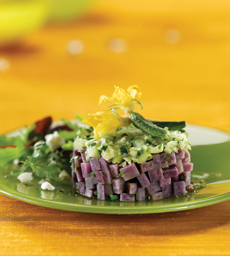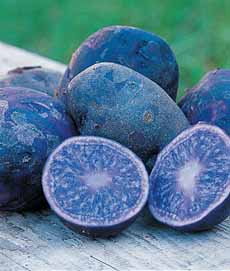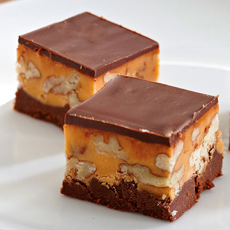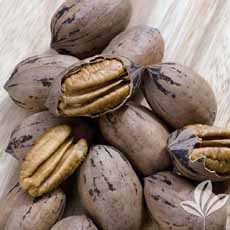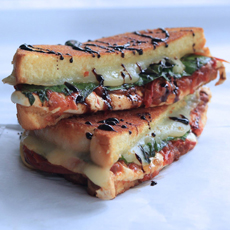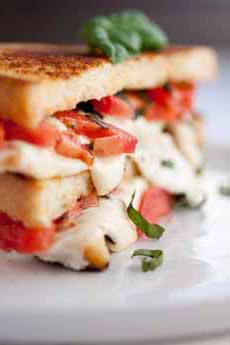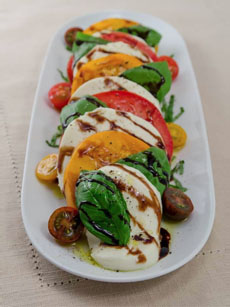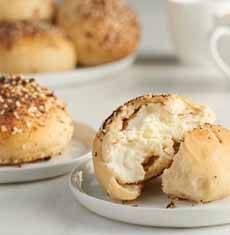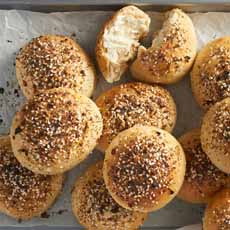|
A couple of years ago we received this recipe for a Caprese Grilled Cheese Sandwich from Pots and Pans kitchenware outlet. We made it, we liked it. But we never published it.
Since April is National Grilled Cheese Month, and April 12th is National Grilled Cheese Sandwich Day, it’s time.
Caprese salad is so popular in the U.S.—as are grilled cheese sandwiches—that the idea was just waiting for food writers Marge Perry & David Bonom to put them together.
They used the balsamic vinegar of a Caprese salad to create a drizzle for the sandwich. You can purchase balsamic glaze if you don’t want to spend 10 minutes making it from scratch. If you make it, don’t use the pricey balsamic; any supermarket balsamic will do here.
Marge and David used Martin’s Potato Bread, but we had a baguette on hand and used that. You can use whatever bread you like.
They also added slices of provolone cheese to the sandwich, to add flavor complexity. If you don’t want it, leave it out.
Or, substitute another cheese of choice. It won’t be a classic Caprese, but have fun with it.
RECIPE: GRILLED CHEESE CAPRESE WITH BALSAMIC SYRUP
Ingredients For 4 Sandwiches
2 large beefsteak tomatoes cut into a total of 8 half-inch thick slices
1 tablespoon extra virgin olive oil
1/4 teaspoon salt
1/8 teaspoon ground black pepper
8 slices Martin’s sliced potato bread
8 ounces fresh mozzarella sliced
16 large basil leaves
8 slices provolone cheese
8 teaspoons unsalted butter, softened
For The Balsamic Glaze
1/3 cup balsamic vinegar
1 tablespoon sugar
Preparation
1. PREHEAT the oven to 350°F. Line a large baking sheet with parchment paper.
2. BRUSH the tomato slices with the oil and arrange them in a single layer on the baking sheet. Season with salt and pepper. Roast the tomatoes until they are very soft and just hold their shape, about 1 hour. Remove from the oven. Meanwhile, make the balsamic glaze:
3. COMBINE the vinegar and sugar in a 1.5-quart saucepan. Bring the mixture to a simmer over medium heat, stirring occasionally. Simmer until the liquid is reduced to a syrupy consistency, about 10-12 minutes.
4. PLACE 4 slices of the bread on a work surface. Top each with 2 ounces of the mozzarella. Place 2 tomato slices on top, then 4 basil leaves, followed by 2 slices of provolone cheese. Place the remaining slice of bread on each sandwich.
5. SPREAD the outside of each sandwich with 2 teaspoons of the butter. Heat a large 12.5-inch nonstick skillet over medium heat. Add 2 sandwiches, and cover the pan with a lid or large piece of aluminum foil. Cook until the sandwiches are golden brown and the cheese has melted, about 3-4 minutes per side. Repeat with the remaining sandwiches.
6. TO SERVE: cut each sandwich in half diagonally and drizzle with balsamic syrup.
WANT TO CREATE YOUR OWN SIGNATURE GRILLED CHEESE SANDWICH?
Here’s a guide to create your own unique grilled cheese sandwich.
Also check out these grilled cheese tips.
CAPRESE SALAD RECIPES
Artistic Caprese Salads
Caprese Pasta Salad
Caprese Sandwich
Deconstructed Caprese Salad
Goat Cheese Caprese Salad
Mango Caprese Salad
“Martini” Caprese Salad
Mixed Heirloom Caprese Salad
Plum Caprese Salad
Summer Caprese Salad With Flowers
Tofu Caprese Salad
Watermelon Caprese Salad
|

